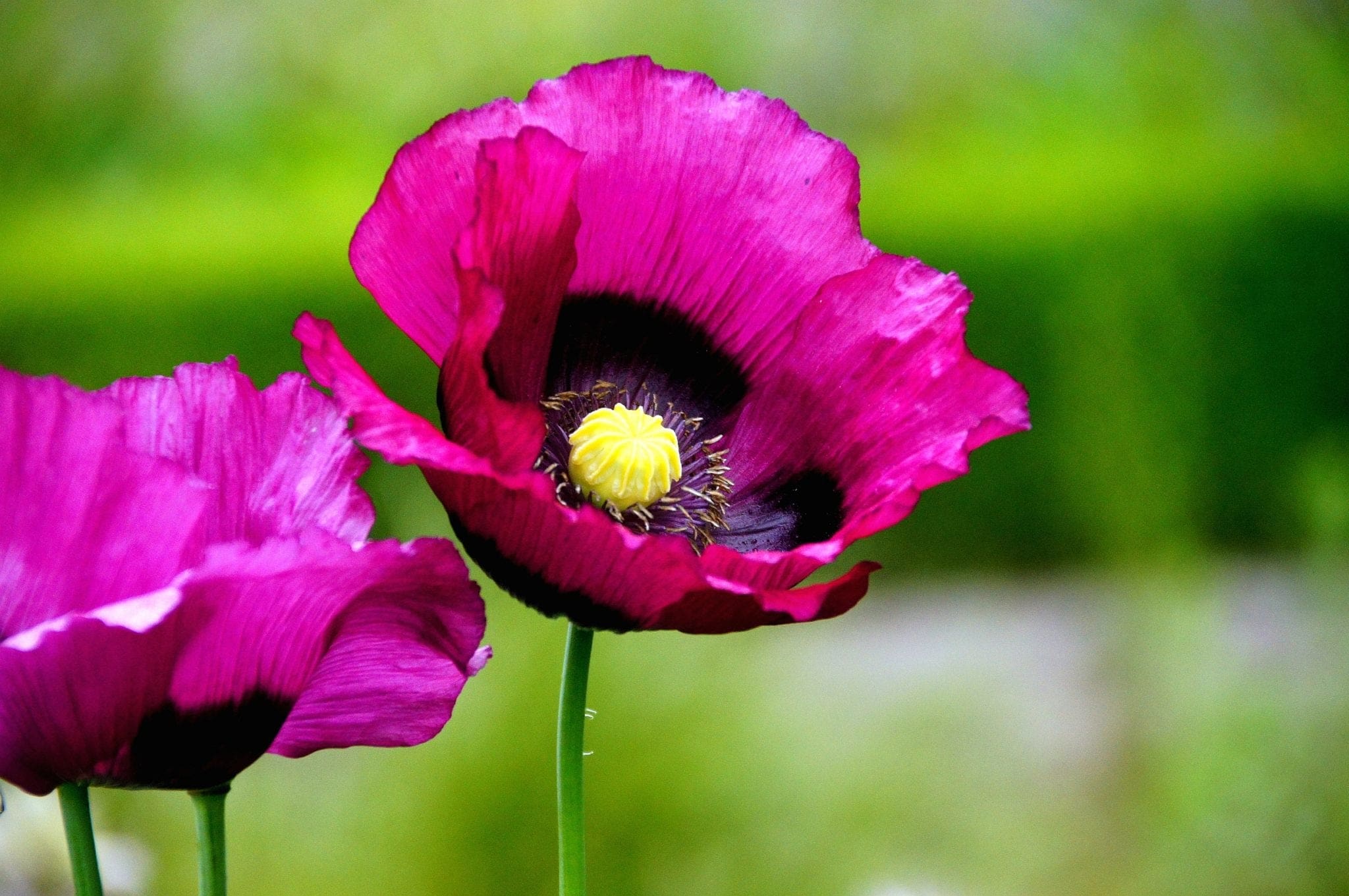Mawlid al-Dayba’i: Shaykh Muhammad Ba-Dhib
Shaykh Muhammad Ba-Dhib introduces the Mawlid al-Dayba’i, authored by Imam ʿAbd al-Rahman ibn ʿAli al-Dayba who lived from the 9th to 10th Islamic centuries.
The Mawlid al-Dayba’i was written by the great scholar of hadith, Shaykh Abd al-Rahman ibn ʿAli al-Dayba, from Yemen. He was from the tribe of Shayban, and lived in the city of Zabid. He lived in the 9th century AH and passed halfway through the 10th century.
The name Dayba was given to his grandfather, when he went to Abyssinia to trade. He had an unusually light complexion for a Yemeni, so the people there called him Dayba’, which meant white in their language. The name stuck, and it became their family name.
Shaykh Abd al-Rahman was a great scholar of hadith, who wrote a book called “Easing the Way to Attaining the Hadith of the Messenger,” which was composed of five or six volumes. His other book was called “Differentiating That Which is Good From That Which is Vile,” clarifying sayings wrongfully attributed to the Prophet, Allah bless him and give him peace. It was an abbreviation of a text written by his teacher, Imam Sakhawi, who studied under the famous commentator of the Sahih al-Bukhari, Ibn Hajar al-‘Asqalani.
His Mawlid
The Mawlid al-Daybai, like other mawlids, is concise biography of the Prophet Muhammad, Allah bless him and give him peace, which serves to educate the layman about his life and encourage his praise.
Some critics argue that many mawlids reference weak hadith when speaking of the early life of the Prophet. While that may be true, it is important to remember that hadith were not recorded as meticulously as they were after the Prophet received revelation, when it became a responsibility to collect and preserve the religious tradition. Weak traditions may be used for purposes not related to deriving legal rulings. These great Imans who had such deep knowledge would not convey something incorrect.
